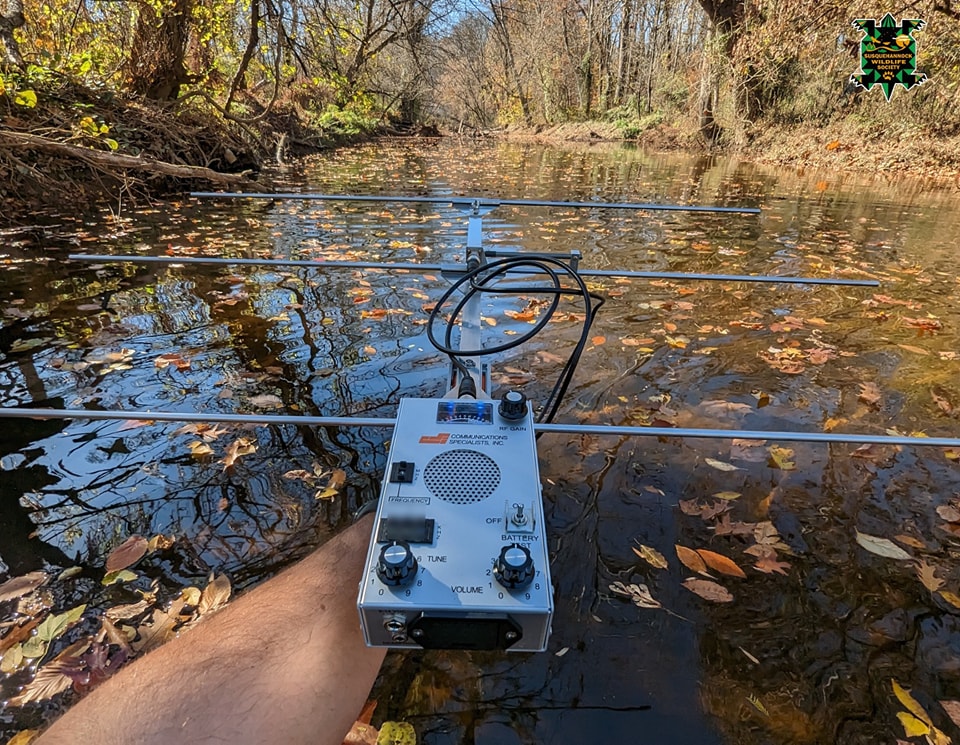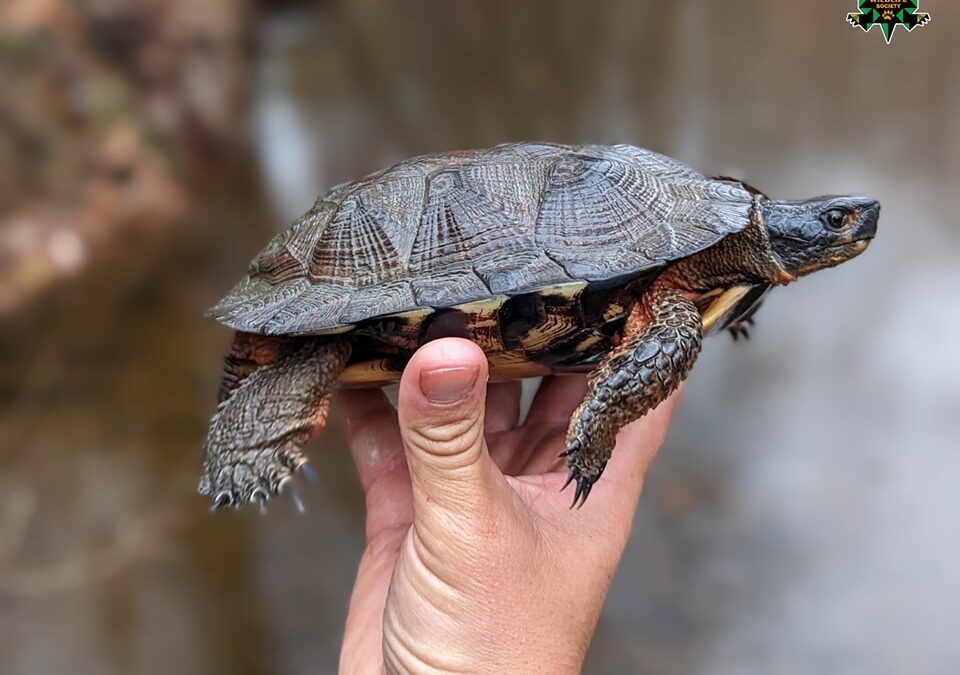
We wrapped up our Wood Turtle research for the winter and it has been one of our most productive years yet. With the air and water temperatures dropping, most of our research subjects have begun to settle down in their hibernaculum, submerged in streams, where they will brumate (a reptile dormant period similar to hibernation) until spring.
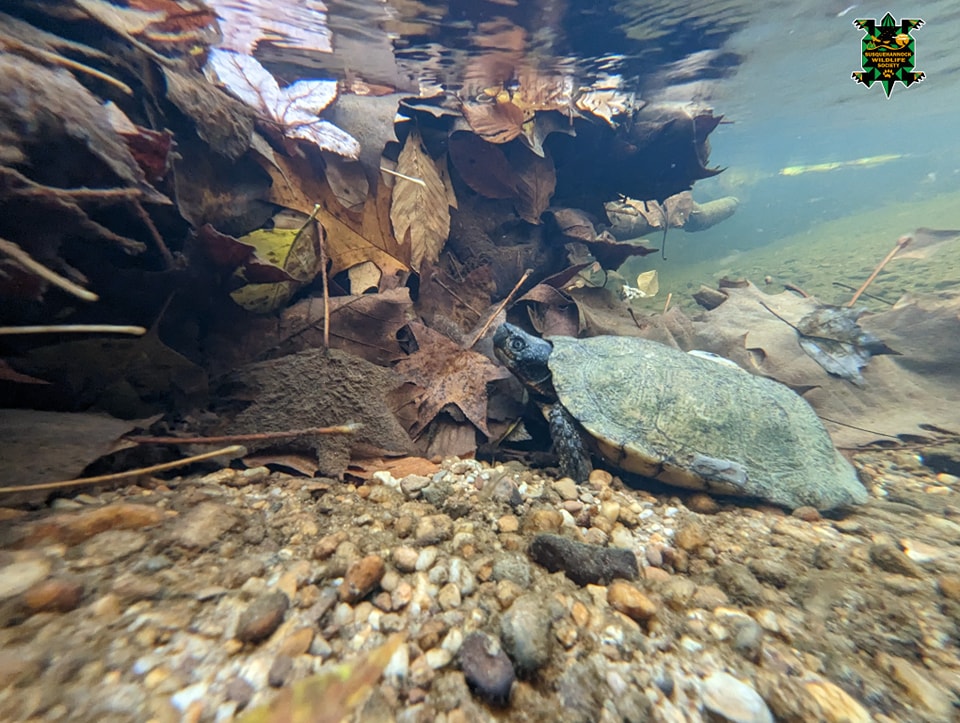
This species is of particular interest and urgency right now because it is currently being evaluated for listing under the Federal Endangered Species Act. These turtles suffer from the all too common sources of decline such as habitat destruction, deforestation, sedimentation of streams, road mortality, nest predation by mammalian predators, and poaching for the illegal pet trade (which is why we never discuss locations publicly). Wood Turtles are indicators of high quality stream habitat and as a state protected species, should never be removed from the wild.
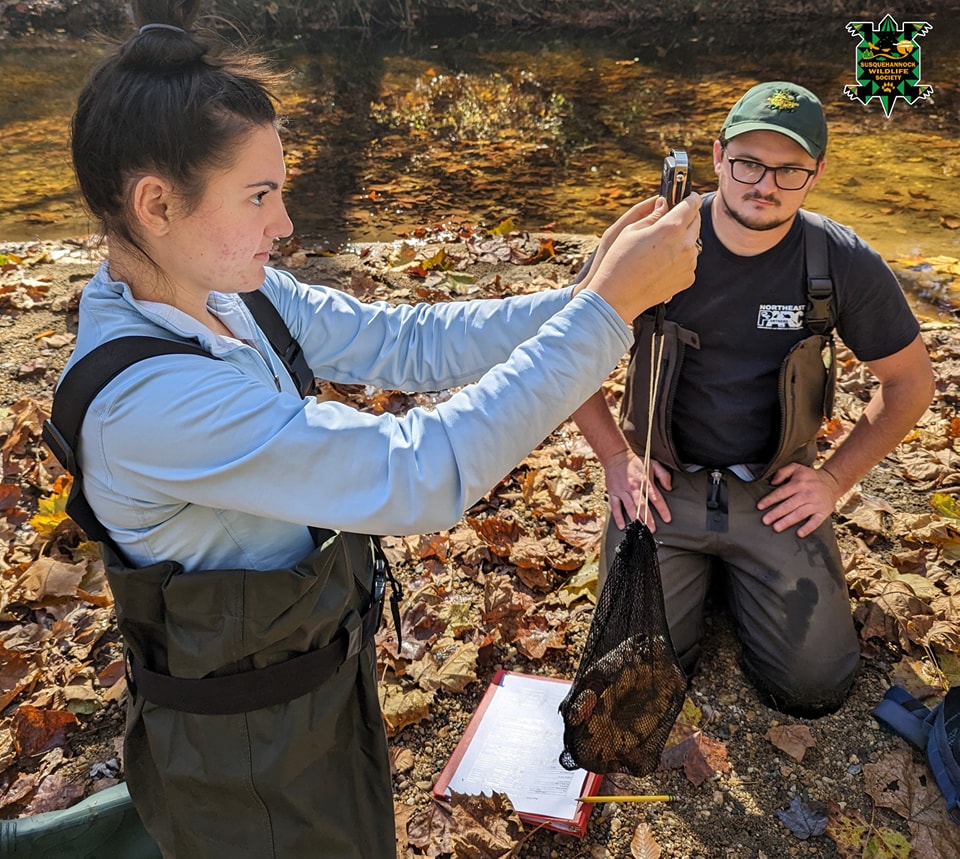
During the past year, we assisted in research conducted by the Maryland Department of Natural Resources in the mountains of Western Maryland where fortunately some more robust populations still remain. Here in Harford County, we are conducting research on populations of Wood Turtles that are subject to more of a human footprint on the landscape, which has left populations fragmented and their habitats degraded. From what we can tell, these threats have caused populations in this area to decline and persist with only a fraction of the amount of turtles as they once had. Despite this bleak assessment, we have not lost hope for restoring these populations.
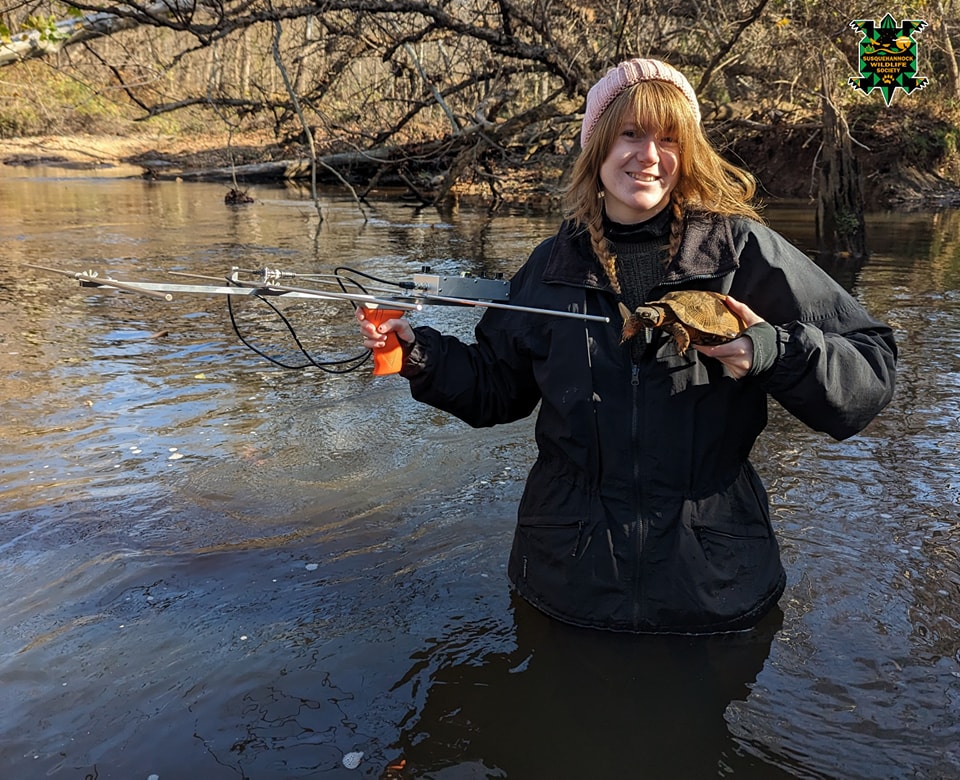
After a lot of effort by our research team, volunteers, interns, and conservation partners, we have been able to find new, unmarked turtles at our study sites. We have recorded measurements of their bodies, given them individual identification numbers so we know which turtles we have previously encountered, and attached radio transmitters to them so that we may track their movements, habitat use, and most excitedly leading us to more turtles. This was our first year radio tracking Wood Turtles and it has already worked as we had hoped because several of our marked turtles have led us to new reproductive age females.
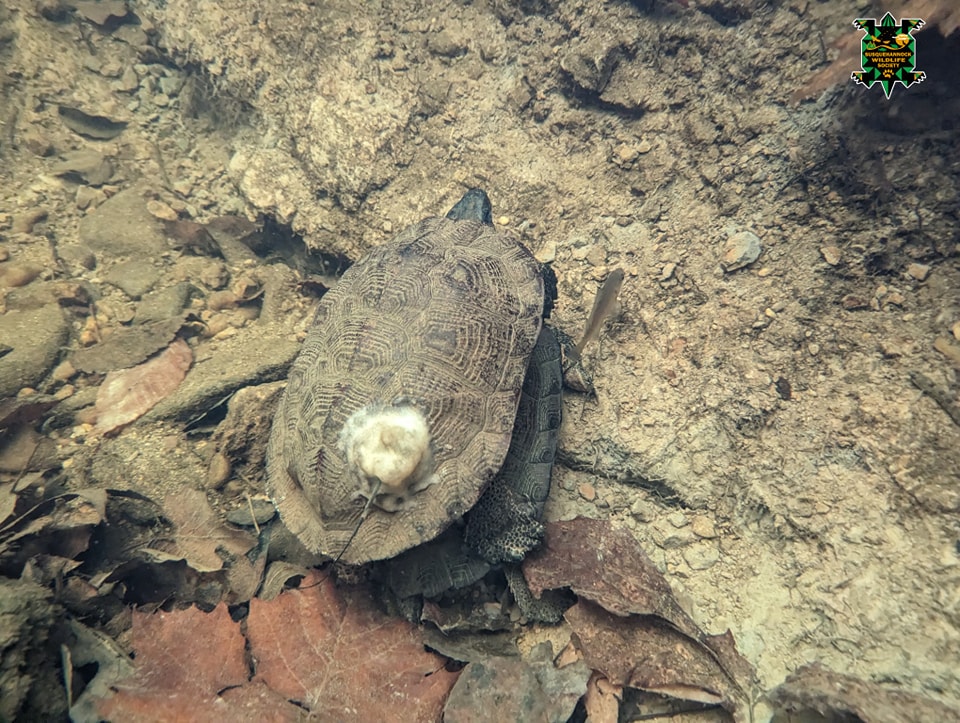
These females are crucially important to our study, as we plan to track them through the spring and summer with hopes of locating their nests. Our ultimate goal is to locate nests and protect them from predators, extract the eggs, which will allow us to begin our headstarting program. Headstarting hatchlings will boost recruitment and serve as one tool to help us give this dwindling population a helping hand to get them past their most vulnerable life stages and allow us to study the survival of the population over a long period. We hope that our research and conservation efforts might mitigate some of the causes of decline such as nest predation, and protect this precious part of our local heritage.
All research is conducted under necessary scientific collections permits from the Maryland Department of Natural Resources
